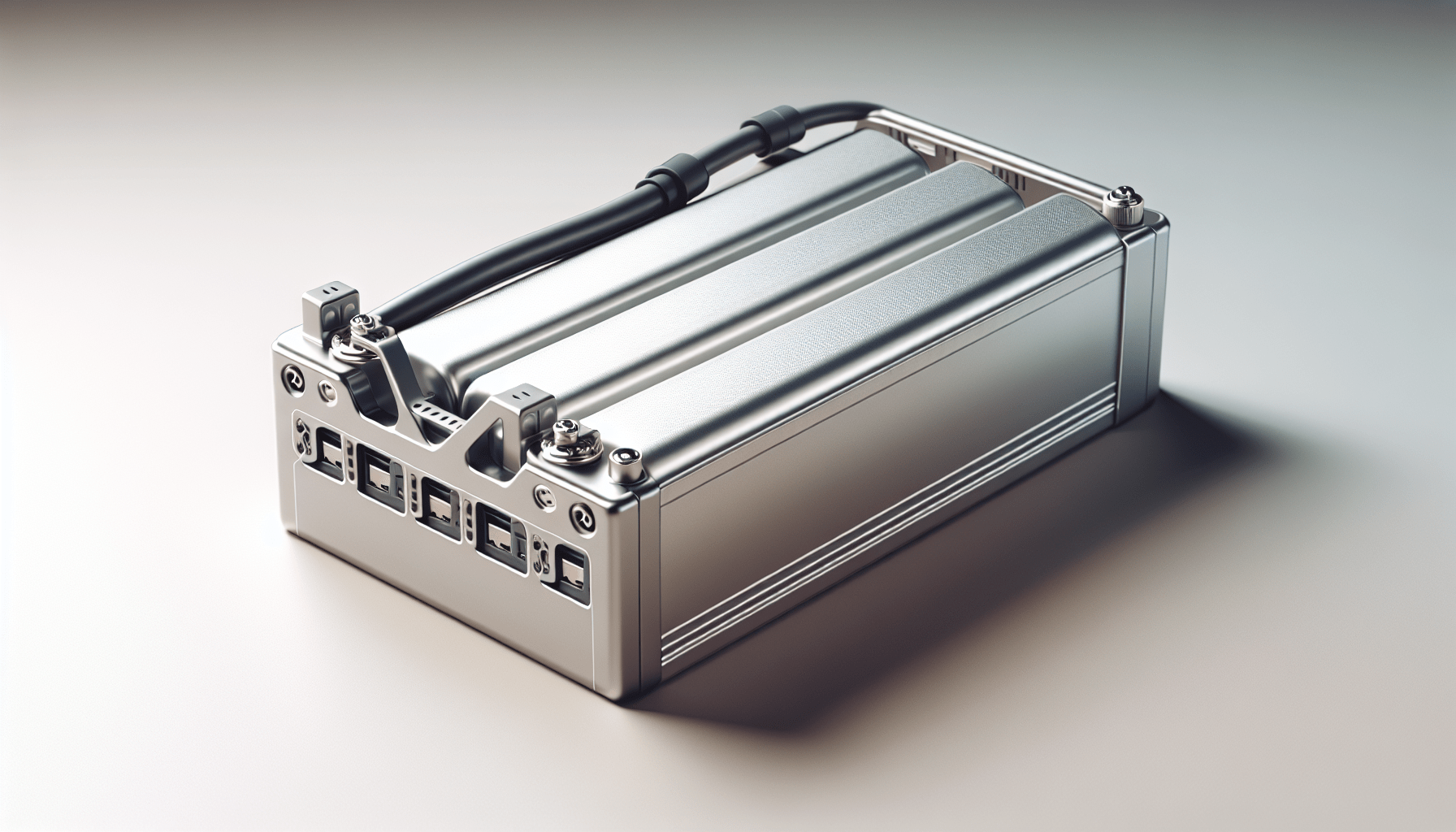Welcome to the Beginner’s Guide to RC Drift Car Batteries and Chargers! In this article, you will learn the importance of choosing the right batteries and chargers for your RC drift car, how to properly maintain them for optimal performance, and tips for extending their lifespan. Whether you are new to the world of RC drifting or looking to upgrade your current setup, this guide will help you navigate the world of batteries and chargers with confidence. Let’s dive in and power up your drift car for endless hours of fun! Have you recently gotten into the world of RC drift cars and are feeling overwhelmed by the wide array of battery and charger options available? Don’t worry, we’ve got you covered with this beginner’s guide to RC drift car batteries and chargers. In this article, we will break down everything you need to know about batteries and chargers to keep your RC drift car running smoothly and efficiently. Let’s dive in!
Table of Contents
Understanding RC Drift Car Batteries
When it comes to RC drift cars, batteries are a crucial component that powers your vehicle. Understanding the different types of batteries available is essential for optimal performance.
Types of RC Drift Car Batteries
There are typically two main types of batteries used in RC drift cars: Nickel Metal Hydride (NiMH) and Lithium Polymer (LiPo). NiMH batteries are more affordable and have a longer lifespan, while LiPo batteries are lighter, more powerful, and offer higher voltage output.
Choosing the Right Battery for Your RC Drift Car
When selecting a battery for your RC drift car, it’s essential to consider factors such as voltage, capacity, and size. Ensure that the battery you choose is compatible with your drift car’s motor and ESC (Electronic Speed Control).
Selecting the Proper Charger for Your RC Drift Car Battery
Having the right charger for your RC drift car battery is just as important as selecting the battery itself. A charger that is compatible with your battery type and has the necessary features will ensure that your battery remains in good condition and charges safely.
Types of RC Drift Car Battery Chargers
There are multiple types of chargers available, ranging from basic wall chargers to advanced smart chargers. Smart chargers are equipped with features such as balancing capabilities, multiple charge modes, and safety protocols to prevent overcharging and overheating.
Factors to Consider When Choosing a Charger
When choosing a charger for your RC drift car battery, consider factors such as charge rate, compatibility with your battery type, and extra features like discharge and storage modes. Investing in a quality charger can prolong the lifespan of your battery and prevent potential safety hazards.
Caring for Your RC Drift Car Battery and Charger
Proper maintenance and care of your RC drift car battery and charger are key to maximizing their lifespan and performance.
Storage and Discharge
When not in use, store your battery at a storage voltage to prevent cell damage and ensure longevity. Discharging your battery to the proper voltage level before storage can also help maintain its health.
Regular Inspection and Maintenance
Regularly inspect your battery and charger for any signs of damage, such as swelling, punctures, or frayed wires. Clean the connectors and terminals to ensure a secure connection during charging.
Troubleshooting Common Battery and Charger Issues
Despite proper care, you may encounter issues with your RC drift car battery or charger. Knowing how to troubleshoot common problems can save you time and frustration.
Overcharging
Overcharging a battery can lead to overheating, swelling, and even a fire hazard. To prevent this, use a charger with safety features like auto cutoff or set a timer to monitor the charging process.
Balancing Issues
Balancing is essential for LiPo batteries to ensure that each cell receives an equal charge. If you notice voltage imbalances between cells, use a balance charger to equalize the cell voltages.
Best Practices for Using RC Drift Car Batteries and Chargers
To get the most out of your RC drift car batteries and chargers, follow these best practices for optimal performance and safety.
Follow Manufacturer Recommendations
Always refer to the manufacturer’s guidelines for proper battery care and charger usage. Overlooking these recommendations can lead to damage to your equipment or even accidents.
Charge in a Safe Environment
When charging your RC drift car battery, do so in a well-ventilated area away from flammable materials. Monitor the charging process and avoid leaving the battery unattended.
Maintain Proper Storage Conditions
Store your RC drift car battery in a cool, dry place at the recommended storage voltage. Avoid exposing the battery to extreme temperatures or conditions that may compromise its integrity.
Conclusion
By understanding the basics of RC drift car batteries and chargers, you can ensure that your vehicle operates efficiently and safely. Remember to choose the right battery and charger for your needs, maintain them properly, and follow best practices to prolong their lifespan and maximize performance. Happy drifting!

